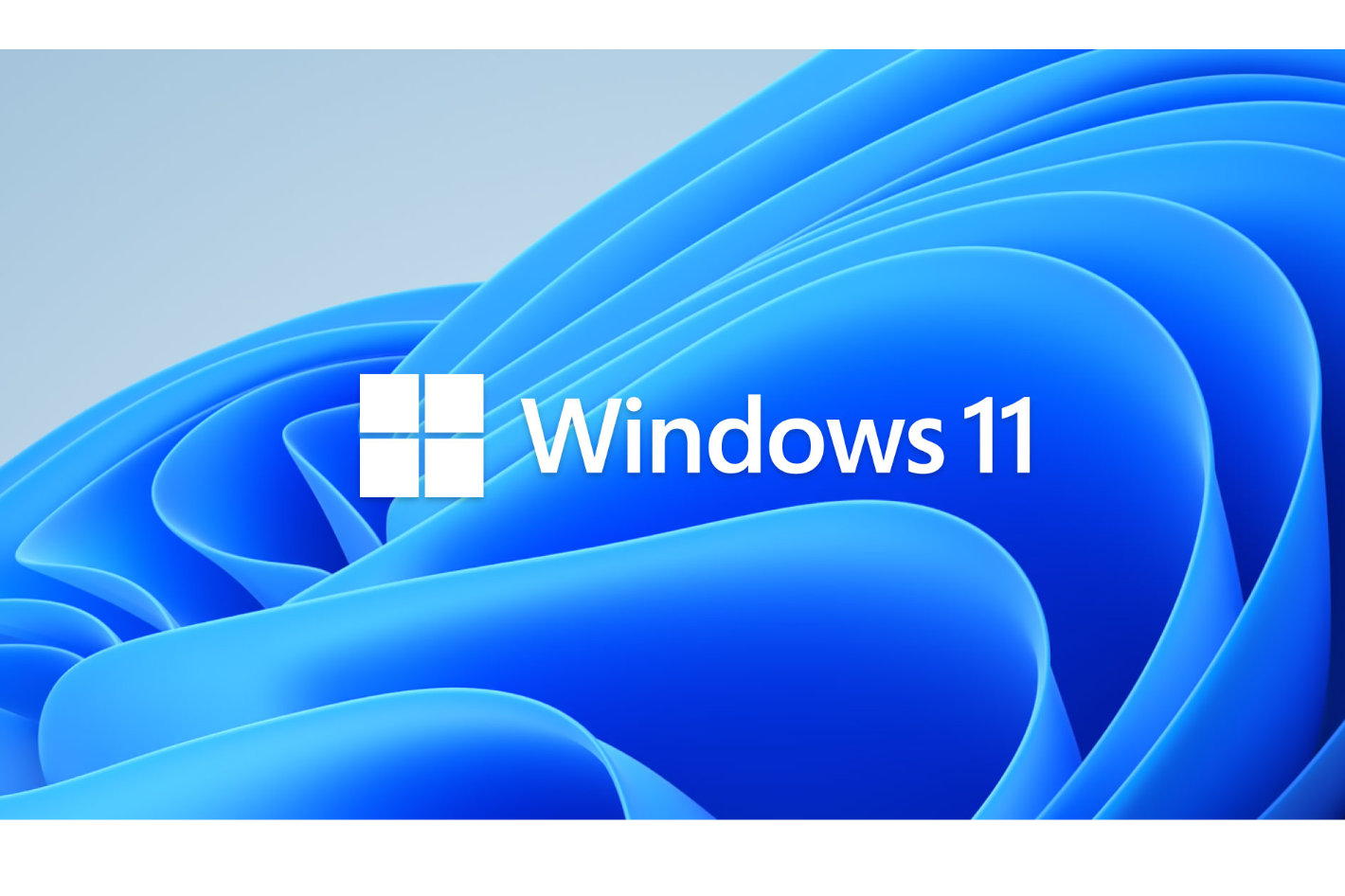
Reinstalling Windows on your computer is always a painful experience, even more so if you’ve tons of files over different disks and multiple apps installed. While you can always backup your data when you need to repair or reinstall Windows, the entire process is time-consuming, sometimes prone to errors (especially if your machine was not working properly already) and, if you need to reset your OS, all your installed programs will be wiped.
Microsoft is, apparently, working on a solution for Windows 11 that will make it easier to reinstall your operating system through Windows Update… without losing your files, something that has not been possible with previous versions of its OS. The website Windows Latest revealed that “a new Windows Update feature could be a game-changer for those scared of losing files or pictures when attempting to reinstall or recover their Windows 11 installations. The new feature, ‘Fix Problems using Windows Update,’ lets you reinstall Windows 11 using Windows Update.”
According to the website, the ‘Fix Problems using Windows Update’ toggle lets you use Windows Update to download and reinstall the installed version of Windows 11 in minutes. The feature is included in the newest update to the Windows Insider beta branch, but it has been part of Microsoft’s plans for a while, as it was first mentioned last July, in a support document from the company introducing “a new Windows Update recovery feature in this build under Settings > System > Recovery and Fix Problems using Windows Update.”
According to the document, “this feature will download and install a repair version of the OS. This operation reinstalls the OS that you have and will not remove any files, settings, or apps. The repair content is displayed on the Windows Update Settings page with the title appended with “(repair version)”. This capability can be useful in many instances but is intended to be used for keeping the device secure and up to date. Devices may need to complete in progress updates prior to this process taking effect.“
The feature introduced by Microsoft is still a work in progress, but those on the Windows 11 Insider beta branch can see the new button on the Recovery page, as one of the options to get a computer working properly. If Microsoft manages to get its “Fix Problems using Windows Update” feature working as suggested, it may be the best way to convince users to upgrade their machines from Windows 10 to Windows 11, something that Microsoft has not been able to do despite all its efforts.
While the stability and interface of Windows 10 were a welcome change after the disaster of Windows 8, few users feel the need to move to Windows 11, two years after its launch, and the numbers reflect that reality. According to Statcounter, Windows 10 is still running on more than 68.2% of the machines around the world, while Windows 11 runs on 26.63%, last November. Numbers in North America point to 64% against 29.83%. We may well see those numbers shift in 2024, if the new feature does what it promises, putting an end to an era in terms of how Windows OS is reinstalled.
One thing those adopting Windows 11 may miss, if they are into VR, is the Windows Mixed Reality software. According to a Microsoft announcement this December, “Windows Mixed Reality is deprecated and will be removed in a future release of Windows. This deprecation includes the Mixed Reality Portal app, and Windows Mixed Reality for SteamVR and Steam VR Beta.” Windows 10 is the last OS from Microsoft offering the WMR portal. It is clear now why Windows Mixed Reality users moving, already in 2021, from Windows 10 to Windows 11 claimed they had/have problems. WMR was already in its death bed… and apparently Microsoft told no one.
Although it is not clear if by “future release” Microsoft means Windows 12, or any future update to Windows 11, the reality is that Windows Mixed Reality is now deprecated, and will not receive more updates. Once again, Microsoft is dropping the towel on something the company started and promoted and that led companies as Acer, Dell, Lenovo, Asus, HP, and Samsung, to make Mixed Reality headsets compatible with Microsoft’s platform. Back in 2017 Microsoft announced it was on a mission regarding Virtual Reality, and the company wanted to lower the price of headsets to $299. Now Microsoft quickly leaves the battlefield, after Apple announces a VR headset for the rich…
